Nurturing a creative life is a journey that many seek, yet few fully master. Creativity is often perceived as an innate talent, but it is, in fact, a skill that can be cultivated through consistent effort and the right mindset. Whether you’re an artist, entrepreneur, or everyday individual, fostering creativity can lead to profound personal growth, innovative problem-solving, and a renewed sense of purpose. In this article, we delve into the essential components that fuel creativity, offering practical insights and strategies to help you thrive in your creative endeavors.
Key Takeaways
– Curiosity is the foundation of creativity: Explore new ideas and perspectives to fuel your creative process.
– Consistency builds momentum: Establish a daily routine to keep your creative muscles active and engaged.
– Collaboration sparks creativity: Work with others to inspire fresh ideas and gain new perspectives.
– Experimentation leads to breakthroughs: Embrace failure as a step towards success and iterate on your ideas.
– Inspiration drives progress: Absorb diverse experiences to fuel your creativity and stay motivated.
– Clarity yields results: Set meaningful goals and break them into manageable steps for sustained progress.
– Health supports creativity: Prioritize physical and mental well-being to maintain a sharp mind and productive output.
– Learning never stops: Continuously grow and adapt by seeking new knowledge and embracing change.
– Confidence boosts creativity: Believe in your abilities and stay positive to overcome obstacles and maintain momentum.

Nurturing Creativity: A Comprehensive Guide
Creativity is the ability to generate new ideas, solutions, or content that are original and innovative. Nurturing creativity involves cultivating this skill through intentional actions and environments that support its growth. Here’s a breakdown of key aspects and practices that help in nurturing creativity:
- Curiosity and Exploration : Approach life with wonder and curiosity. Ask questions, explore new places, and engage in activities that spark your interest. Curious minds are more likely to discover creative solutions.
- Embracing Failure : View failures as stepping stones rather than setbacks. Every successful creation often comes with initial failures. Learn from these experiences to refine your approach.
- Stimulating Environment : Surround yourself with diverse perspectives and inspiring stimuli. Whether it’s art, nature, or conversations, a rich environment fuels creativity.
- Mindfulness and Focus : Practice mindfulness to stay present and engaged. This helps in observing details and generating unique ideas without distractions.
- Collaboration : Work with individuals from varied backgrounds. Their insights can offer fresh perspectives and ideas, enriching your creative process.
- Gratitude Practice : Appreciate the world around you. Gratitude shifts your mindset to positivity, which can be a catalyst for creativity.
Nurturing creativity isn’t just about individual effort; it’s also about creating conditions that allow it to thrive. By integrating these practices into daily life, one can unlock their creative potential and find new ways to express themselves.
The 7 Cs of Creativity
The concept of creativity is often broken down into key components that help individuals and teams unlock their potential. One popular framework is the “Seven Cs of Creativity,” which provides a comprehensive approach to understanding and nurturing creativity. Below is a detailed explanation of each component:
- Characteristics
Creativity thrives on certain personality traits and attributes. Individuals who are curious, open-minded, and willing to take risks are more likely to foster creativity. Traits such as curiosity, divergent thinking, resilience, empathy, and openness to experience are essential for creativity. - Creating
The act of creating itself involves generating ideas, experimenting, and refining concepts. This stage requires a combination of inspiration and execution, often involving trial and error to bring ideas to life. - Collaboration
Collaboration is a powerful catalyst for creativity. When individuals from diverse backgrounds come together, they bring varied perspectives that can lead to innovative solutions. Effective communication and mutual respect are key ingredients for successful collaboration. - Context
The environment in which creativity occurs plays a crucial role. Factors such as culture, resources, and support systems significantly influence whether creativity can thrive. A conducive workspace and access to tools are essential for fostering creativity. - Creations
The final outputs of creativity are the tangible results, such as products, services, or innovations. These creations should not only solve problems but also inspire future developments. - Creative Process
The journey from idea generation to realization is a complex process that involves several stages. Preparation, incubation, insight, and verification are key phases that contribute to the creation of meaningful ideas. - Control
Managing the creative process and maintaining focus is vital. This involves setting goals, staying committed, and being open to feedback while preserving the integrity of the creative vision.
By understanding and applying these principles, individuals and organizations can unlock their full creative potential and drive innovation in various fields.
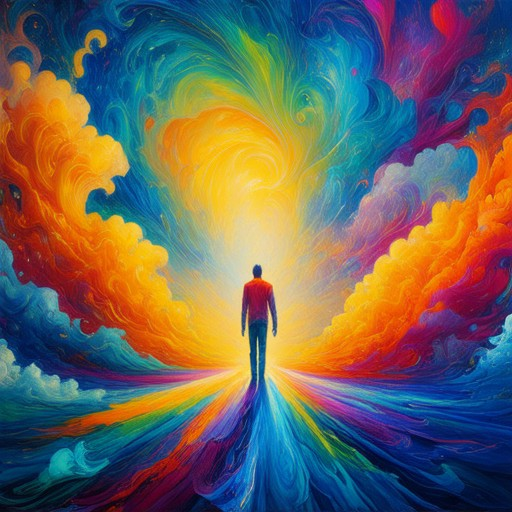
What Does It Mean To Have A Creative Life?
A creative life is a way of living that embraces curiosity, imagination, and self-expression. It’s about finding joy in the process of exploring new ideas, discovering hidden talents, and fostering meaningful connections with the world around you. Here’s a breakdown of what it entails:
- Embracing Curiosity: A creative life is driven by a constant desire to learn and explore. Whether it’s through art, music, nature, or even everyday experiences, curiosity fuels creativity and keeps your mind active.
- Expressing Authenticity: Creativity often reflects who we truly are. It’s about sharing our unique perspectives and stories, allowing others to connect with us on a deeper level.
- Nurturing Relationships: Creativity thrives in collaboration. Surround yourself with people who inspire and challenge you, creating a supportive environment for your growth.
- Challenging Limits: A creative life encourages pushing boundaries. It’s about stepping out of comfort zones and embracing the unknown, whether in personal development or professional pursuits.
- Finding Balance: Creativity doesn’t exist in isolation. It’s about harmonizing your passions with responsibilities and relationships, creating a fulfilling and balanced existence.
A creative life is not confined to artists or writers—it’s a mindset available to everyone. It’s about living fully, thinking differently, and leaving a lasting impact on the world.
Explore more creative insights on Patrick Mettraux .

How Do You Nurture and Sustain Your Creativity?
Your creativity is one of your most valuable assets, and cultivating it requires intentional effort and consistent practice. Here’s how you can nurture and sustain your creativity:
1. Embrace Curiosity and Exploration
Creativity thrives in environments of curiosity and exploration. Challenge yourself to explore new ideas, perspectives, and experiences regularly. Whether it’s through traveling, reading, or experimenting with new techniques, broadening your horizons fuels your creativity.
2. Create a Dedicated Practice Routine
Consistency is key to sustaining creativity. Dedicate time each day to engage in activities that spark your imagination. Whether it’s journaling, sketching, or brainstorming sessions, establishing a routine helps build momentum and keeps your creative muscles active.
3. Surround Yourself with Creativity
Your environment plays a significant role in fostering creativity. Surround yourself with people who inspire and challenge you. Collaborate with others, attend workshops, or join online communities to immerse yourself in a creative ecosystem.
4. Experiment and Iterate
Creativity often emerges from experimentation. Don’t fear failure; instead, view it as a step toward success. Try new approaches, fail gracefully, and learn from your mistakes. Iteration is how great ideas evolve into exceptional work.
5. Feed Your Mind with Inspiration
Stay curious and absorb inspiration from various sources. Read books, watch documentaries, listen to podcasts, and explore art exhibits. Let these experiences fuel your creativity and provide fresh perspectives.
6. Set Clear Goals and Priorities
Clarity is essential for sustained creativity. Set meaningful goals and prioritize tasks that align with your vision. Break larger projects into manageable steps, allowing you to focus on incremental progress while staying aligned with your objectives.
7. Maintain a Healthy Lifestyle
Physical and mental well-being are foundational to creativity. Ensure you’re getting enough sleep, eating nourishing food, and incorporating regular exercise into your routine. A healthy lifestyle supports a sharp mind and productive creativity.
8. Stay Open to Learning and Growth
Creativity is a lifelong journey. Stay open to learning new skills and embracing change. Attend workshops, take courses, and seek mentorship to continuously evolve your creative abilities and stay ahead of trends.
9. Cultivate a Supportive Mindset
Believe in your ability to create and remain confident in your vision. Surround yourself with positive influences and discard negativity. A supportive mindset helps you overcome obstacles and maintain momentum.
10. Document and Reflect
Keep a creative journal or portfolio to track your progress and reflect on your growth. Review your work periodically to identify strengths and areas for improvement, ensuring your creativity remains dynamic and evolving.
By nurturing your creativity with dedication, curiosity, and purpose, you can unlock endless possibilities and leave a lasting impact on the world around you.
Nurturing Creativity: Key Benefits and Importance
Creativity is a vital asset in personal growth, professional development, and societal progress. By fostering creativity, individuals unlock unique potential, drive innovation, and enhance overall well-being. Here are the primary benefits of nurturing creativity:
- Enhanced Problem-Solving Skills
- Emotional Well-Being
- Fostering Innovation
- Improved Collaboration
- Built Confidence
- Increased Adaptability
- Personal Growth
Creativity encourages individuals to approach problems from diverse angles, leading to innovative solutions and improved critical thinking abilities.
Engaging in creative activities reduces stress, fosters happiness, and provides a healthy outlet for self-expression.
Creativity is the cornerstone of innovation, driving advancements in industries and enabling businesses to stay competitive in a rapidly evolving world.
Creative environments encourage teamwork, communication, and compromise, essential skills for building strong relationships and achieving shared goals.
Expressing creativity helps individuals develop self-assurance, knowing they can contribute uniquely to their surroundings.
Creativity sharpens resilience, allowing individuals to adapt to changes and embrace new challenges with a positive mindset.
Exploring creative avenues enables continuous learning, self-discovery, and the development of a richer, more fulfilling life.
In today’s fast-paced world, creativity is not just an advantage—it’s a necessity. By nurturing this essential trait, we unlock our full potential and contribute meaningfully to our lives and communities. Ready to harness your creativity? Explore our comprehensive guide on nurturing creativity and unlocking your creative potential today!

How to Increase Creativity in the Brain
Creativity is a skill that can be cultivated through various techniques and habits. By understanding the mechanisms of the brain and employing specific strategies, you can unlock your creative potential. Here are some effective methods to boost creativity:
- Embrace Curiosity and Exploration:** Approach life with curiosity. Ask questions, explore new experiences, and stay open-minded. The more you expose your brain to diverse stimuli, the more creative ideas you’ll generate.
- Prioritize Sleep and Rest:** Sleep is crucial for memory consolidation and creativity. Aim for 7-9 hours of quality sleep each night to allow your brain to process information and come up with innovative solutions.
- Practice Mindfulness and Meditation:** Mindfulness helps reduce stress and increases focus. By quieting your mind, you create space for creative thoughts and ideas to emerge.
- Engage in Creative Activities Regularly:** Whether it’s journaling, painting, or composing music, regular creative practice strengthens neural pathways associated with creativity.
- Collaborate and Share Ideas:** Collaborative environments stimulate new ways of thinking. Share your ideas with others and listen to theirs—you might spark creativity in unexpected ways.
- Stay Curious About the World:** Read widely, explore different cultures, and learn new skills. The more you know, the more creative ideas you’ll have.
- Limit Negative Influences:** Surround yourself with positive and inspiring people who challenge your thinking. Avoid environments that stifle creativity or promote negativity.
- Use Visual and Kinesthetic Learning Techniques:** For some people, visual aids like mind maps or collages can enhance creativity. Get physical and move around to stimulate different cognitive processes.
- Set aside Dedicated Creative Time:** Schedule specific blocks of time for creative activities. Remove distractions and focus on the task at hand to enter a creative flow state.
- Learn from Others’ Success Stories:** Study how successful individuals approach creativity. Their strategies can provide valuable insights and inspiration for your own practices.
Creativity is not just an innate talent—it’s something we can nurture and develop. By implementing these strategies, you can unlock your brain’s full creative potential and find new ways to innovate and express yourself.

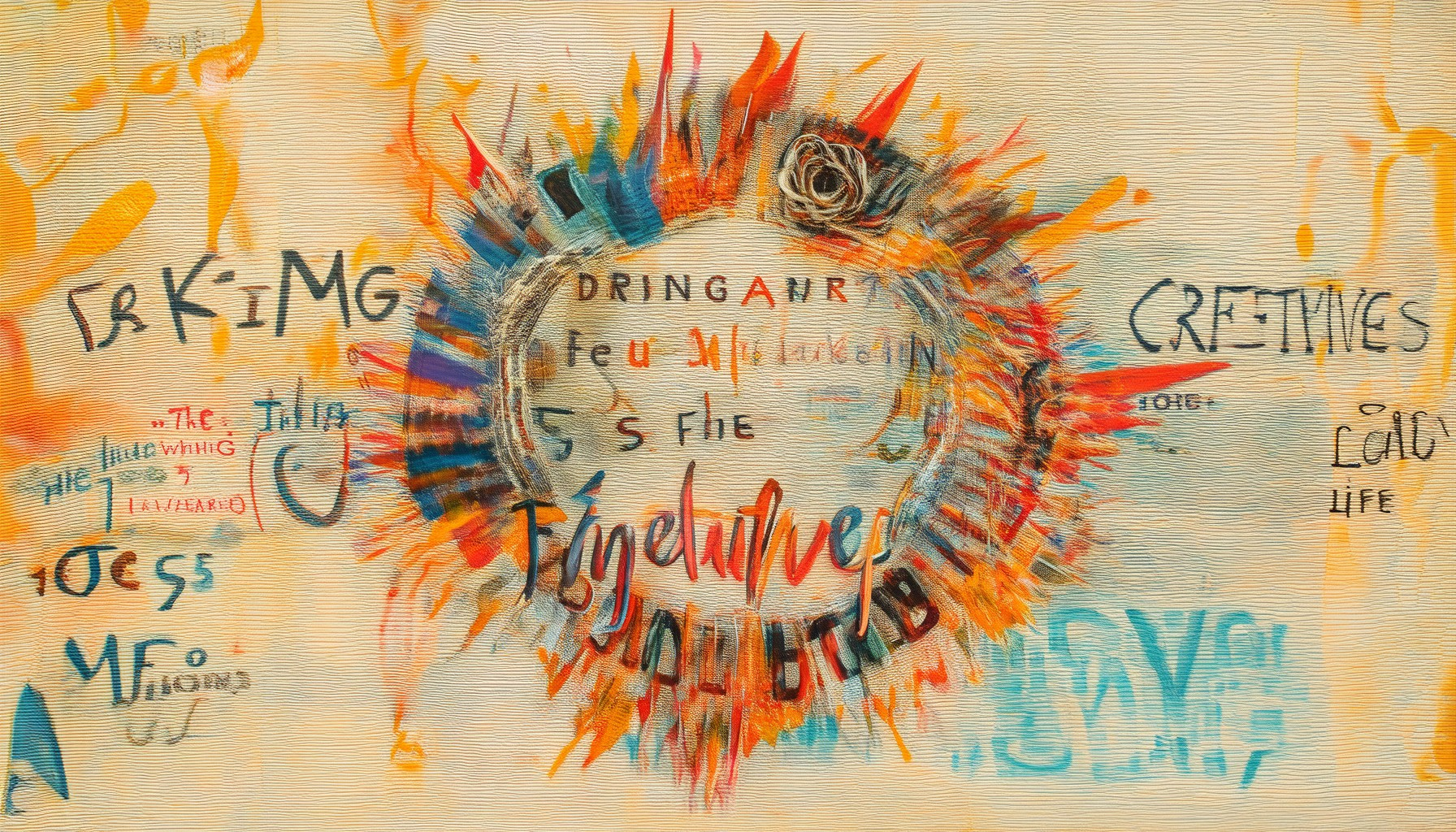
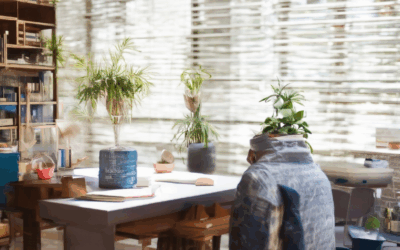
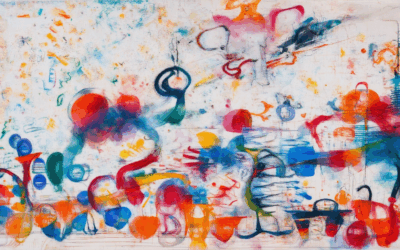
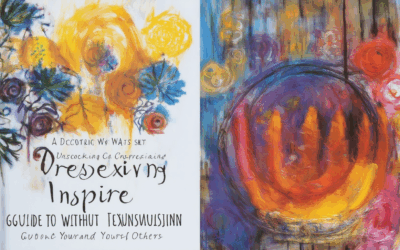
0 Comments